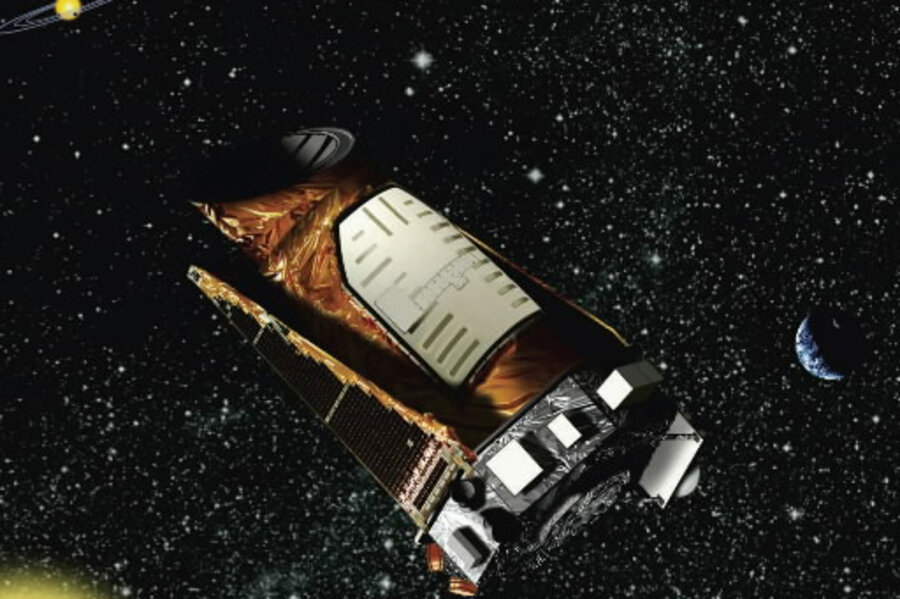What's likelihood another planet will host intelligent life? 92 percent.
Loading...
For the better part of the universe's 13.8-billion-year history, it has churned out vast numbers of planets, a natural outcome of star formation. But that was just a warmup.
Even after giving birth to 100 million trillion Earth-mass planets in the habitable zones of their host stars, the cosmos has the raw material to produce more than 10 times that number, according to a new estimate of past and future planet-formation.
It remains to be seen how much of this material gets incorporated into new stars and planets. Before the last star fades, however, it's highly likely that the universe will have hosted more than one world with intelligent life, according to the analysis, conducted by Peter Behroozi and Molly Peeples, researchers at the Space Telescope Science Institute in Baltimore.
The study's attempt to peer into the future of planet-building is noteworthy, according to Avi Loeb, a Harvard University astrophysicist and director of the Institute for Theory and Computation at the Harvard-Smithsonian Center for Astrophysics in Cambridge, Mass.
Many astronomers have a tendency to avoid exploring the implications of their observations for the future of the cosmos, Dr. Loeb says. They limit their analyses to what they can measure of the past and present.
“It's as interesting to think about the future as it is about the past; you learn from it,” he says. In this case, it's the duo’s estimate of the universe's remaining potential for hosting Earth-like planets, and by extension its potential for hosting other intelligent civilizations.
The study, published Tuesday in the Monthly Notices of the Royal Astronomical Society in Britain, was “a fun side project” inspired by a larger effort to improve ways of estimating star-formation rates as galaxies formed and evolved, Dr. Behroozi says.
“We know the history of stars. Why can't we figure out the history of planets, too?” he says. “Then you realize that the universe is not even close to being done forming stars. Therefore, it's not close to being done forming planets either.”
The duo used data from the NASA's Hubble Space Telescope, its Kepler planet-hunting mission, and the Sloan Digital Sky Survey to tease out the history of star formation. From that, they drew estimates of planet formation in galaxies throughout the cosmos, using Kepler's estimates of the number and types of planets in the Milky Way as a benchmark.
Planets in our solar system are relative newcomers compared with planets across the cosmos. Star formation peaked about 10 billion years ago, while the sun and its planets formed roughly 4.6 billion years ago. Yet even at its peak, star formation failed to exhaust the hydrogen gas available. Since star formation across the cosmos is slowing, a generous reservoir of hydrogen remains to continue the process.
Based on the gas remaining and the projected rates of planet formation, Earth has appeared after less than 8 percent of the cosmos's expected planet-forming lifetime. Some 92 percent of the planets the universe has the potential to form have yet to appear.
From that, the duo concludes that there is roughly a 92 percent chance that humans are not the only civilization the cosmos will host over a history that will be measured in tens of trillions of years.
For many who already are convinced that intelligent life exists elsewhere in the universe, that may not come as revelation. But no other civilization has yet been detected. Behroozi and Dr. Peeples note that their estimate is independent of the contentious 1961 Drake Equation, which tries to estimate the probability that a civilization beyond Earth exists with the technological capability to use radio communication.






